Follow Us:

Share
The AGM 65 Maverick missile is a powerful air-to-surface guided missile that has been a key asset for the U.S. military since its introduction in the early 1970s. Designed primarily for attacking armored vehicles and other ground targets, the Maverick has proven itself in various combat situations, making it an essential tool in modern warfare.
In this post, I’ll take you through the key features, specifications, and operational use of the AGM-65 Maverick missile, along with comparisons to other missiles, including the popular Hellfire missile.
The AGM-65 Maverick is an air-to-surface missile designed to strike ground targets with precision. It employs various guidance systems, including infrared and laser guidance, enabling it to hit targets with high accuracy.
The missile’s versatility allows it to be deployed from a range of aircraft, including fighter jets and attack aircraft, making it an integral part of the air power used in military operations.

In today’s battlefield, the ability to engage ground targets effectively and accurately is crucial. The AGM-65 Maverick missile enhances the combat capabilities of air forces by providing:
With these attributes, the AGM 65 Maverick missile remains a vital component of air-to-ground combat strategies.
The AGM 65 Maverick missile is a sophisticated air to surface missile designed to provide precision targeting against various types of ground and maritime threats. Its specifications reveal a robust system tailored for modern combat scenarios.
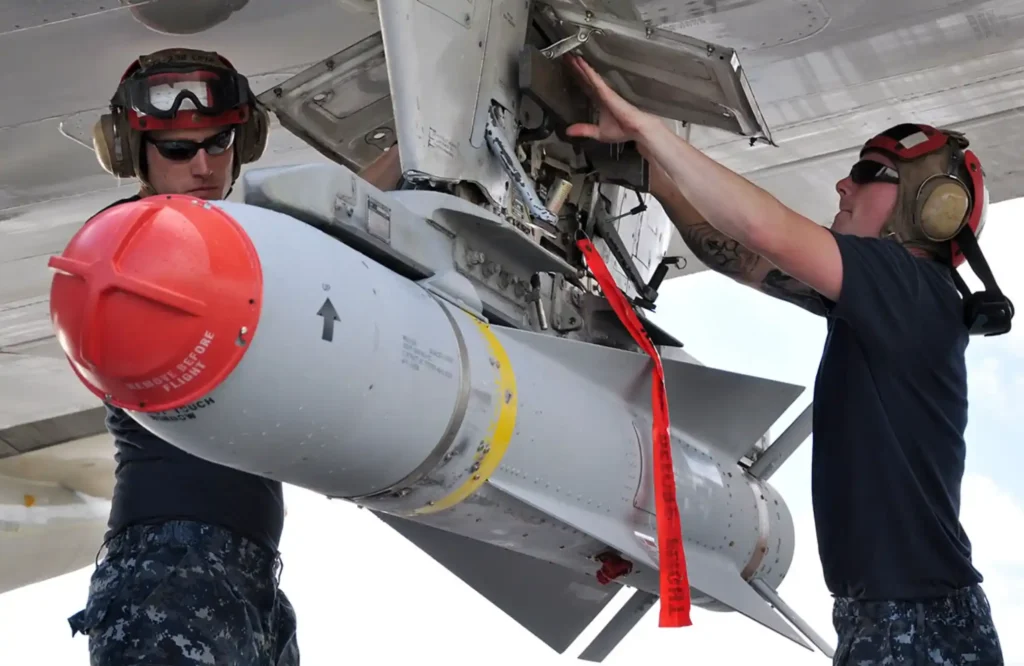
In this section, we will examine the key specifications of the AGM 65 Missile, including its design, guidance systems, performance metrics, and operational capabilities.
| Specification | Details |
| Type | Air to surface guided missile |
| Manufacturer | Raytheon |
| Length | Approximately 2.5 meters (8.5 feet) |
| Diameter | 0.3 meters (12 inches) |
| Wingspan | 1.2 meters (4 feet) |
| Weight | 227 kg (500 lbs) |
The AGM 65 Maverick utilizes advanced guidance systems that enhance its accuracy and operational flexibility. Below are the main types of guidance used in different variants of the missile:
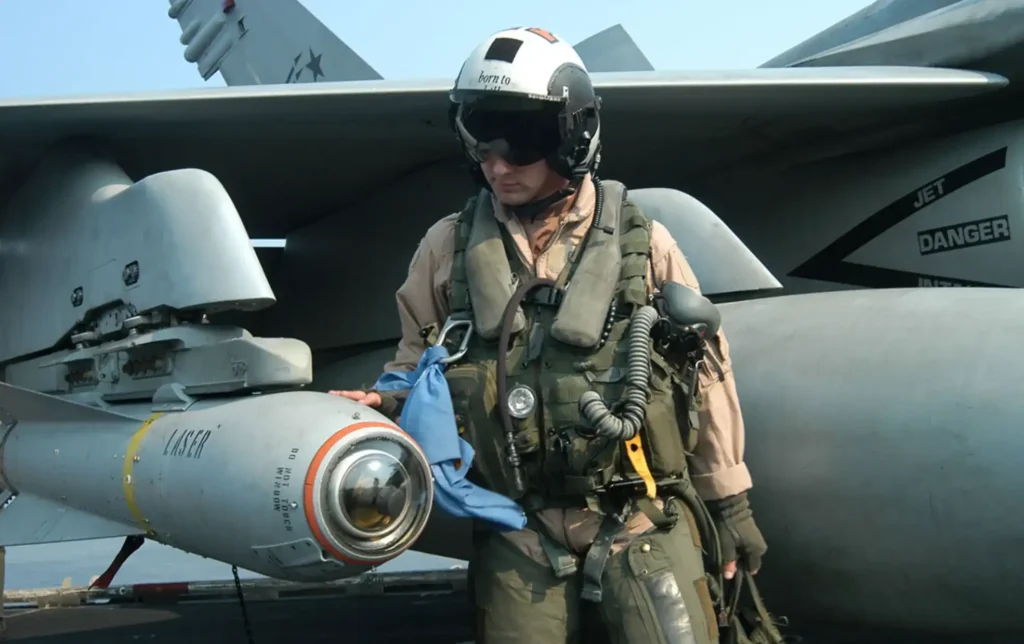
Video footage on the firing of AGM-65G2 Maverick air-to-ground missile by a Philippine Air Force FA-50PH Fighting Eagle LCA against the target ship XBRP Lake Caliraya as part of Sinking Exercise Phase of Exercise Balikatan 2024.
— Max Montero (@MonteroMax) May 10, 2024
Video credits to AFP. pic.twitter.com/hef7EaGQxA
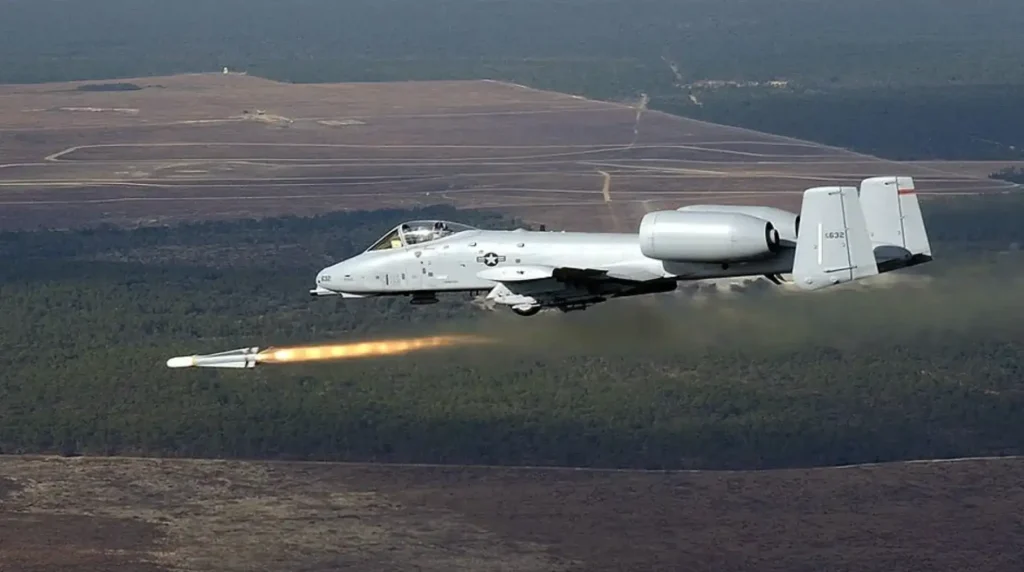
The AGM 65 Maverick missile is a powerful tool in the arsenal of modern air forces. Its advanced guidance systems, impressive performance metrics, and operational flexibility make it a critical asset for precision strikes in diverse combat scenarios.
| Specification | Details |
| Max Speed | Approximately 0.9 Mach |
| Effective Range | Up to 28 km (17 miles) |
| Warhead Types | High-Explosive, Blast-Fragmentation, Penetrator |
| Launch Platforms | A-10, F-16, F/A-18 |
The AGM 65 Maverick missile has a storied operational history, having been deployed in various conflicts since its introduction in the 1970s. Its effectiveness in combat has solidified its place as a vital asset for air forces around the world.
In this section, we will explore the key conflicts where the Maverick has been utilized, the lessons learned from its deployment, and its overall impact on modern warfare.
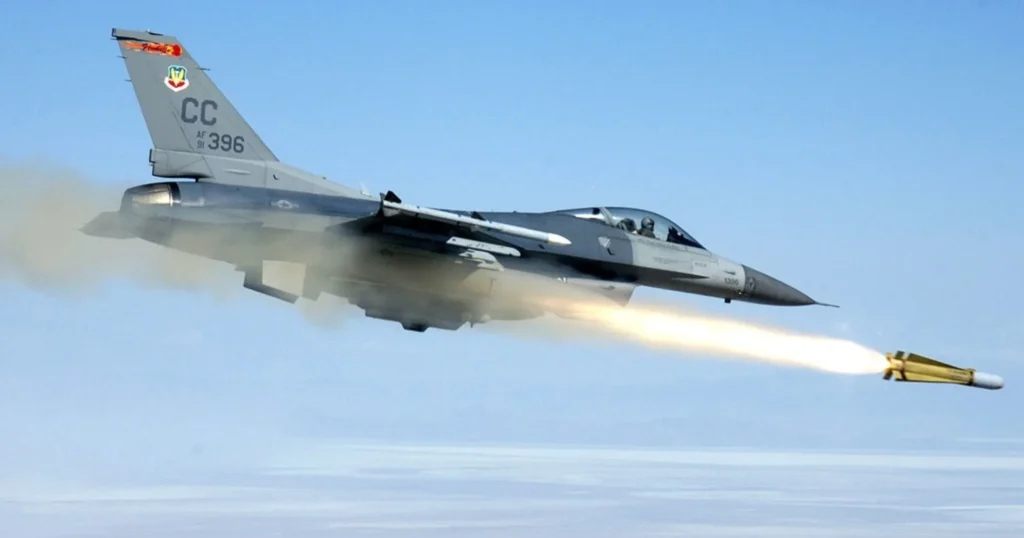
Understanding the cost factors of the AGM-65 Maverick missile is essential for military budgets and procurement strategies. The cost encompasses several aspects, including development, production, maintenance, and operational expenses.
Let’s break down these cost factors to provide a clearer picture of what it takes to integrate the Maverick missile into military operations.
Once the design was finalized, production costs became a key consideration. The AGM-65 Maverick missile production costs can vary based on:
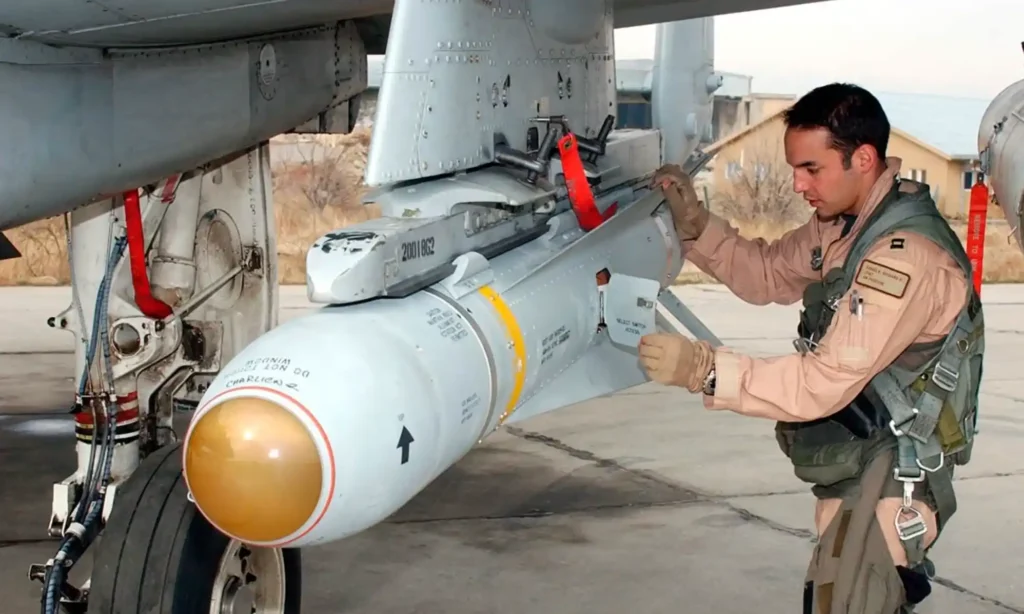
The maintenance and logistics associated with the AGM 65 Maverick missile are also crucial for operational readiness:
The AGM 65 Maverick missile has evolved over the years, leading to the development of several variants, each designed to meet specific operational requirements. These variants incorporate advancements in technology, guidance systems, and warhead capabilities.
The AGM-65 Maverick missile has evolved significantly since its inception, resulting in multiple variants tailored for specific mission requirements. Each version builds on the capabilities of its predecessor, enhancing accuracy, targeting options, and versatility. Here’s a brief summary:
| Variant | Introduced | Guidance Method | Notable Features |
|---|---|---|---|
| AGM-65A | 1972 | Electro-optical | Original variant for anti-armor |
| AGM-65B | 1975 | Laser | Enhanced targeting with laser guidance |
| AGM-65C | 1982 | Infrared | Improved sensor capabilities |
| AGM-65D | 1990 | Dual-mode | Versatile with laser and infrared guidance |
| AGM-65E | 1991 | Infrared | Optimized for maritime targets |
| AGM-65F | 1994 | Laser | Effective against moving targets |
| AGM-65G | 1996 | Laser | Enhanced guidance and targeting systems |
| AGM-65H | 1998 | Infrared | Low-visibility targeting capabilities |
| AGM-65J | Early 2000s | Laser and infrared | Modern aircraft compatibility |
| AGM-65K | 2000s | Advanced laser | Increased targeting accuracy |
| AGM-65L | 2010s | Laser with advanced optics | Improved performance in dynamic environments |
Each variant of the AGM-65 Maverick missile reflects advancements in technology and changing operational requirements. From the original AGM-65A to the latest AGM-65L, these missiles have proven to be adaptable and effective tools in modern warfare.
When it comes to air-to-surface missiles, the AGM-65 Maverick and the AGM-114 Hellfire are two of the most notable systems used by modern air forces.
Both missiles have been developed to meet the demands of contemporary combat, but they each have unique features, capabilities, and operational roles.
In this section, we will compare these two missiles across various criteria, including design, guidance systems, operational range, and specific use cases.
AGM 65 Maverick Missile
AGM 114 Hellfire Missile
| Feature | AGM-65 Maverick | AGM-114 Hellfire |
| Length | Approximately 2.5 meters (8.5 feet) | Approximately 1.63 meters (5.4 feet) |
| Diameter | 0.3 meters (12 inches) | 0.18 meters (7 inches) |
| Weight | 227 kg (500 lbs) | 45 kg (100 lbs) |
| Guidance System | AGM-65 Maverick | AGM-114 Hellfire |
| Infrared Seeker | Yes | No |
| Laser Guidance | Yes (various variants) | Yes |
| Electro-Optical | Yes | No |
| Millimeter-Wave Radar | No | Yes (in some variants) |
| Feature | AGM-65 Maverick | AGM-114 Hellfire |
| Warhead Types | High-Explosive, Blast-Fragmentation, Penetrator | High-Explosive, Tandem (to defeat reactive armor) |
| Explosive Weight | Up to 136 kg (300 lbs) | 9 kg (20 lbs) |
The AGM 65 Maverick missile presents a higher upfront production cost compared to the AGM-114 Hellfire but offers versatility and effectiveness in various combat scenarios. Here’s a quick overview of the costs:
| Cost Type | AGM-65 Maverick | AGM-114 Hellfire |
| Production Cost | $70,000 – $150,000 | $50,000 – $100,000 |
| Procurement Costs | $60,000 (bulk purchase) | $50,000 (bulk purchase) |
| Lifecycle Costs | Estimated over $300,000 | Estimated over $200,000 |
In summary, the AGM-65 Maverick and the AGM-114 Hellfire serve complementary roles in modern air-to-surface warfare. The Maverick excels in versatility and operational range, making it suitable for various combat scenarios.
In contrast, the Hellfire offers a lightweight solution tailored for precision strikes against armored threats from rotary-wing aircraft and drones.
| Comparison Criteria | AGM-65 Maverick | AGM-114 Hellfire |
| Design and Size | Larger, heavier | Compact, lightweight |
| Guidance Systems | Multiple options | Laser and millimeter-wave |
| Operational Range | Up to 28 km | Up to 12 km |
| Warhead Options | Multiple types | Tandem and high-explosive |
| Use Case | Versatile ground targeting | Anti-armor precision strikes |
The AGM 65 Maverick missile has established itself as a cornerstone of air-to-surface strike capabilities since its introduction in the 1970s. Its versatility, reliability, and ongoing advancements ensure that it remains a vital asset for modern military forces.
In this conclusion, we will summarize the key points discussed in the blog post, reflect on the importance of the AGM 65 Maverick missile in current military operations, and consider its future role in defense strategies.
The AGM 65 Maverick missile plays a crucial role in maintaining air superiority and ground force support. Its precision strike capabilities contribute to the success of military operations, allowing for effective engagement of high-value targets while minimizing collateral damage. As conflicts continue to evolve, the importance of such precision-guided munitions cannot be overstated.
In conclusion, the AGM 65 Maverick missile remains a formidable weapon system that has proven its worth in various combat scenarios. With ongoing advancements and strategic adaptations, it is well-positioned to meet the challenges of modern warfare.
Military planners and defense strategists must continue to invest in and innovate upon existing systems to ensure their forces are equipped to handle future threats effectively.
Share
Defense Feeds is publication focusing on informing, engaging, and empowering the world by providing accurate information from defense technology.
Powered by Defense Feeds © 2025 – All rights reserved.